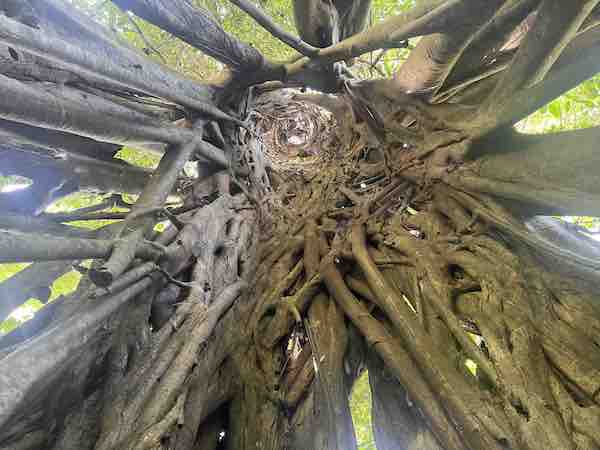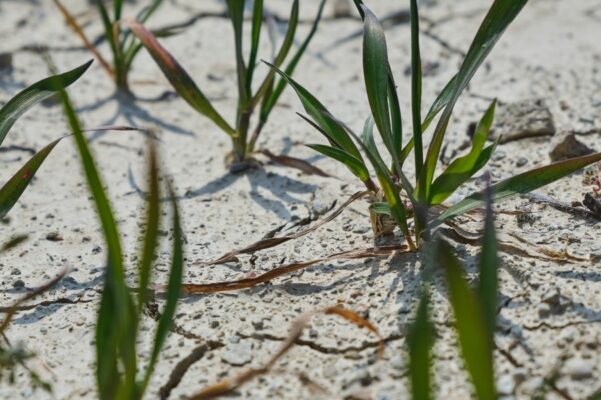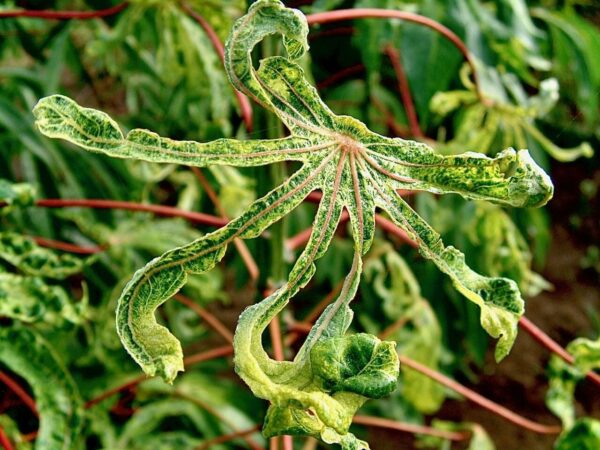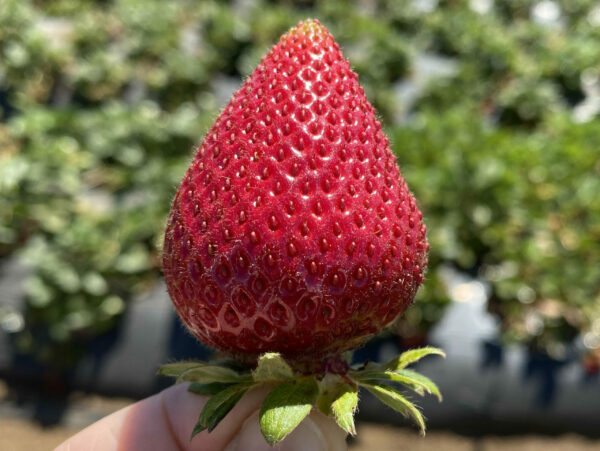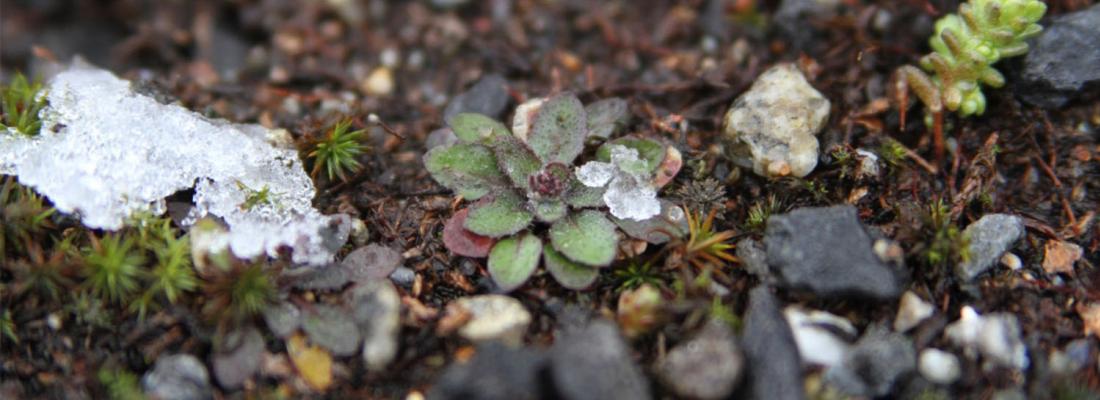Like humans and animals, plants also have a microbiota. A research team studied whether the genetic variability within a plant species controls the composition of its leaf microbiota. The researchers planted more than 30,000 plants in experimental set-ups at four sites over two years to analyse variation in the leaf microbiota and reproductive success, estimated through seed production, of 200 genotypes of a model plant. Their results, show that genetic variation between plants has a particular impact on specific microorganisms, which in turn have a strong influence on the composition of microbial communities. This influence on microbial communities contributes to the reproductive success of different plant genotypes.



